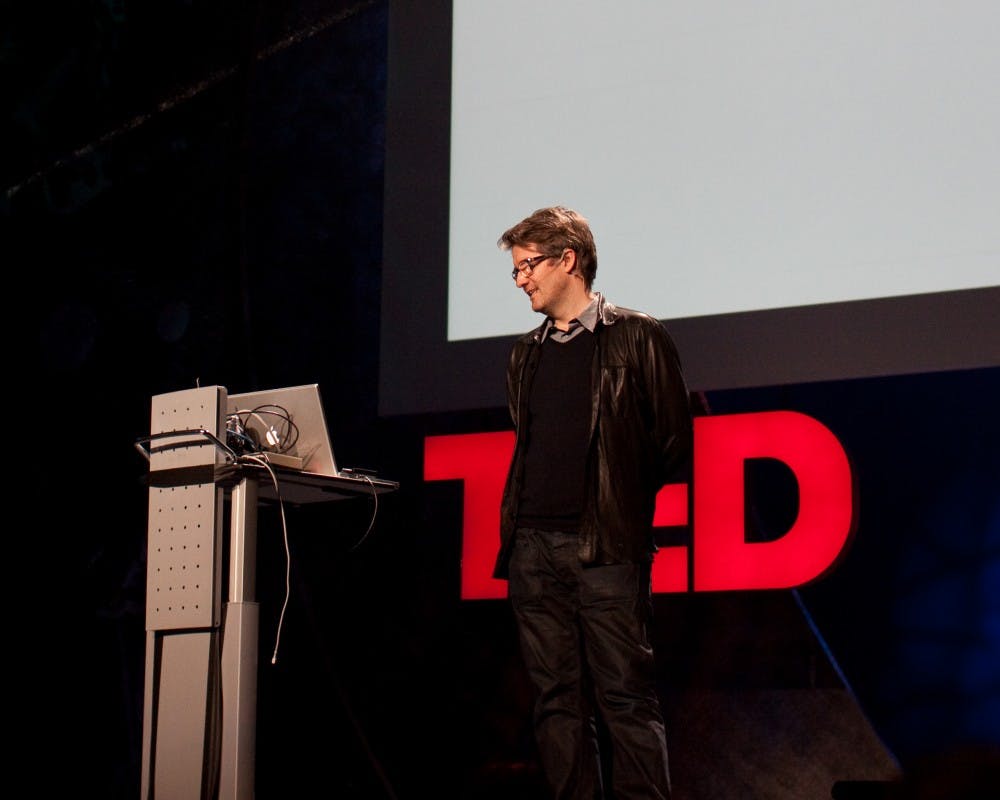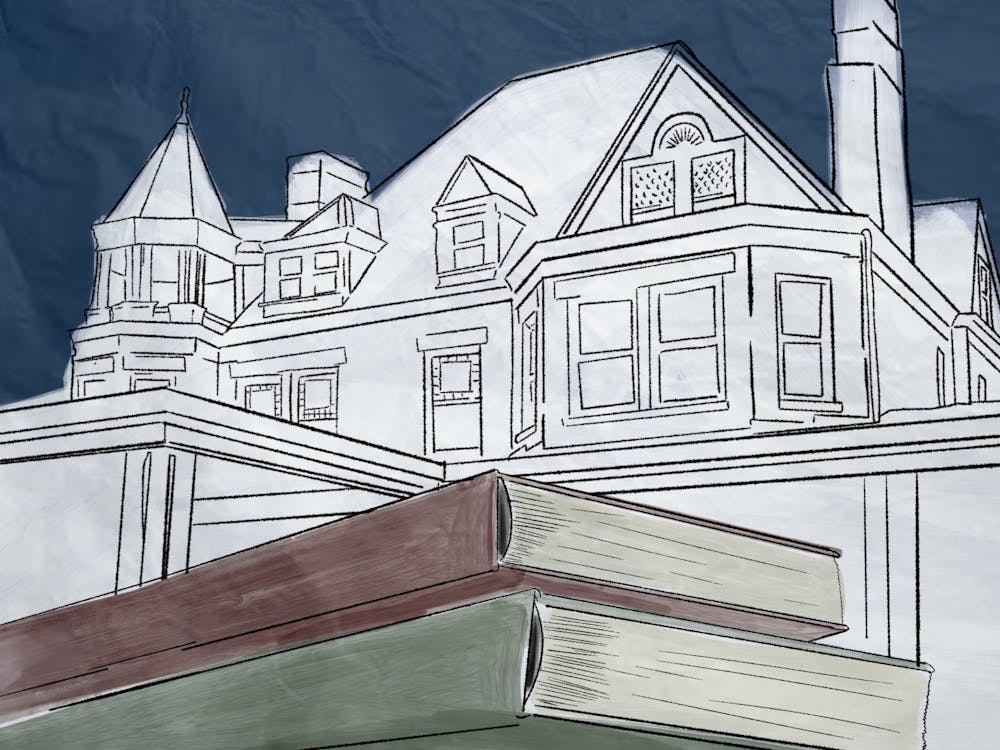The streaming era of television has been a turbulent one for the creative industry, both praised for the freedom it gives artists and simultaneously criticized for oversaturating the media landscape with a scattershot approach to programming. The imaginative content it leads to, however, is a dream for many specific audiences. Lower key projects — like Netflix’s documentary series “Abstract: The Art of Design” — are a testament to the beauty of niche media produced to perfection. The series follows influential artists and designers of the modern world narrating their careers and creative processes, and its second season debuted quietly on the streaming service Wednesday.
“Abstract” is not just catnip for art-conscious hipsters. It manages to serve a role beyond entertainment, inspiring and educating through a synthesis of beautiful presentation, direct commentary and narration from the artists it covers in each episode. In the season two debut, “Abstract” follows installation artist Olafur Eliasson as he goes through his career and inspirations. It sounds like a potential recipe for yawns at high-minded conceptualization. Thankfully, this is not the case. Eliasson does well in explaining the context of his art, why it matters and why everyone should care about design.
The end result is something of a magic trick. “So why are you watching this episode?” Eliasson asks to the camera. “What is in it for you?” In a span of 45 minutes, audiences learn to see the world in a new way and not take what they see for granted. What makes it all work is a combination of Eliasson commentary, beautiful cinematography which captures the colors and optical experiments his work engages with, and stylish editing and presentation that never bores.
Eliasson uses elliptical mirrors positioned at certain angles to give the illusion of a perfect circle, utilizing the natural distortion to slow time, as his movements are not reflected until seconds later. He demonstrates special lights that emit monochromatic light to obscure colors, plunging gallery participants into a monochromatic world where the absence of color stimulates further attention to other details. He creates artificial waterfalls and massive clouds of fog to make rainbows and recreates the sun with mirrors and lamps inside London’s Tate Modern.
Eliasson also discusses serving social causes with his art, in one instance unleashing gigantic Greenland glacial ice chunks into city streets. When people touch the melting ice and feel its coldness, an instant connection is established. These are the abstract things scientists talk about disappearing, now in the cold flesh. His voiceover over the time lapses of melting ice hammer the message home — experiential design is powerful. Reality is something humans can always afford to look at more deeply. Art is just putting reality into focus.
“Abstract” showcases all of these installation projects in just one episode without feeling like a choppy or chaotic mess. Its documentary formula works well across artists of other disciplines, too. The series succeeds in letting the eccentric and passionate artists tell the story, and lavishly brings to life the concepts they explore. Even the animated introduction sequences made for each episode exude style and creativity.
The show’s second season provides more of what the first did — design education that is inspiring by virtue of showing, not telling.
“Why do I make what I make?” Elliason asks the viewer. His question can summarize the purpose of “Abstract” as a series. “At the bottom of my heart, I love making art.”
He is believable because he has just spent 45 minutes transporting viewers on an actual journey without devolving into high-minded monologue.
Unlike serial content that can feel laborious to get through, “Abstract” is accessible to anyone with any level of interest. Want to learn about graphic design? Paula Scher’s episode in the series’ first season is as excellent of a crash course as any. Ruth Carter’s episode — the third of the new season — is a masterclass on costume design. Netflix has produced an accessible series of documentaries that can inspire as well as educate. Best of all, audiences do not even need to know who Buckminster Fuller is or have obsessively listened to 99% Invisible to understand design, because “Abstract” makes the case powerfully all on its own.





